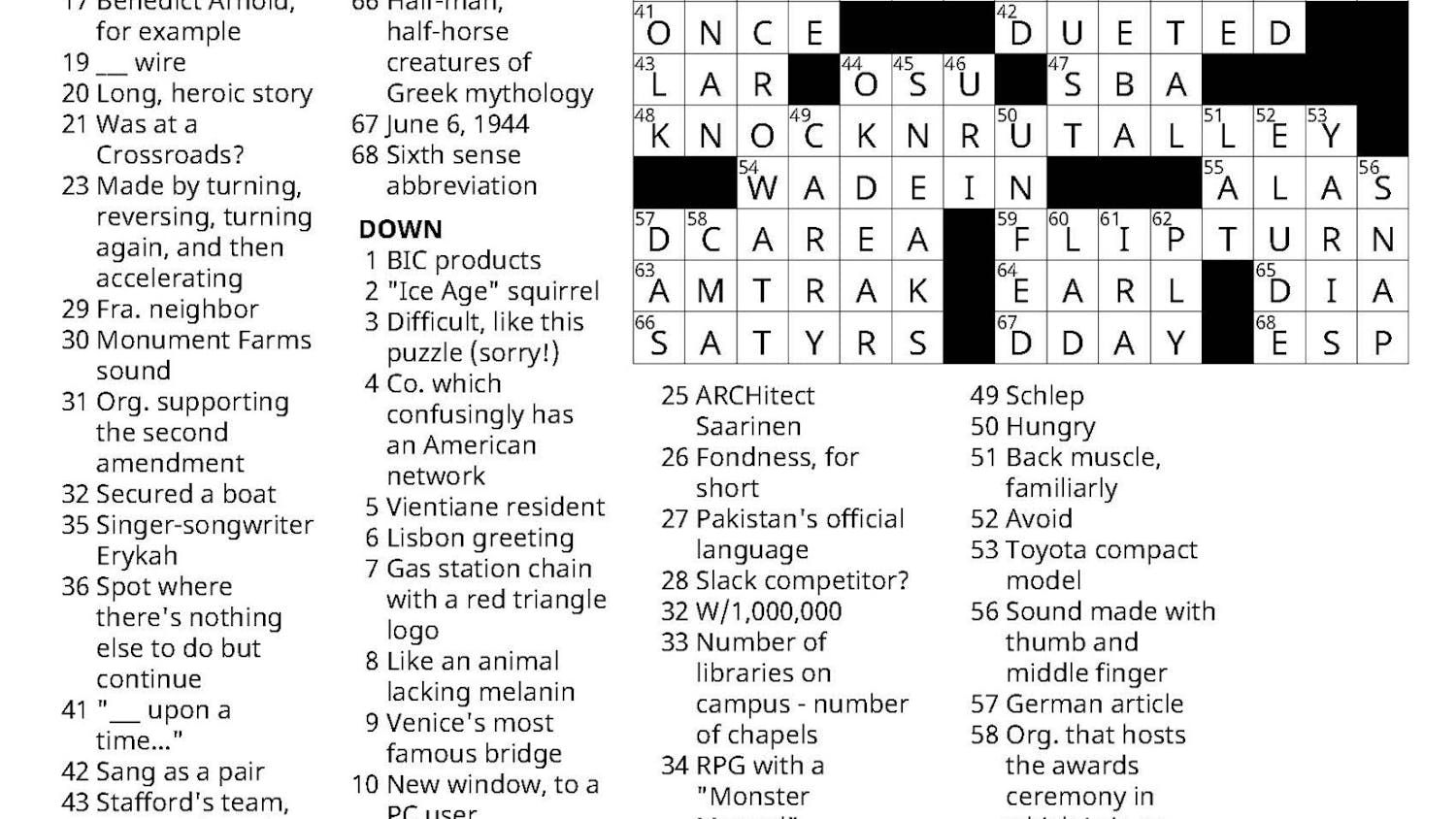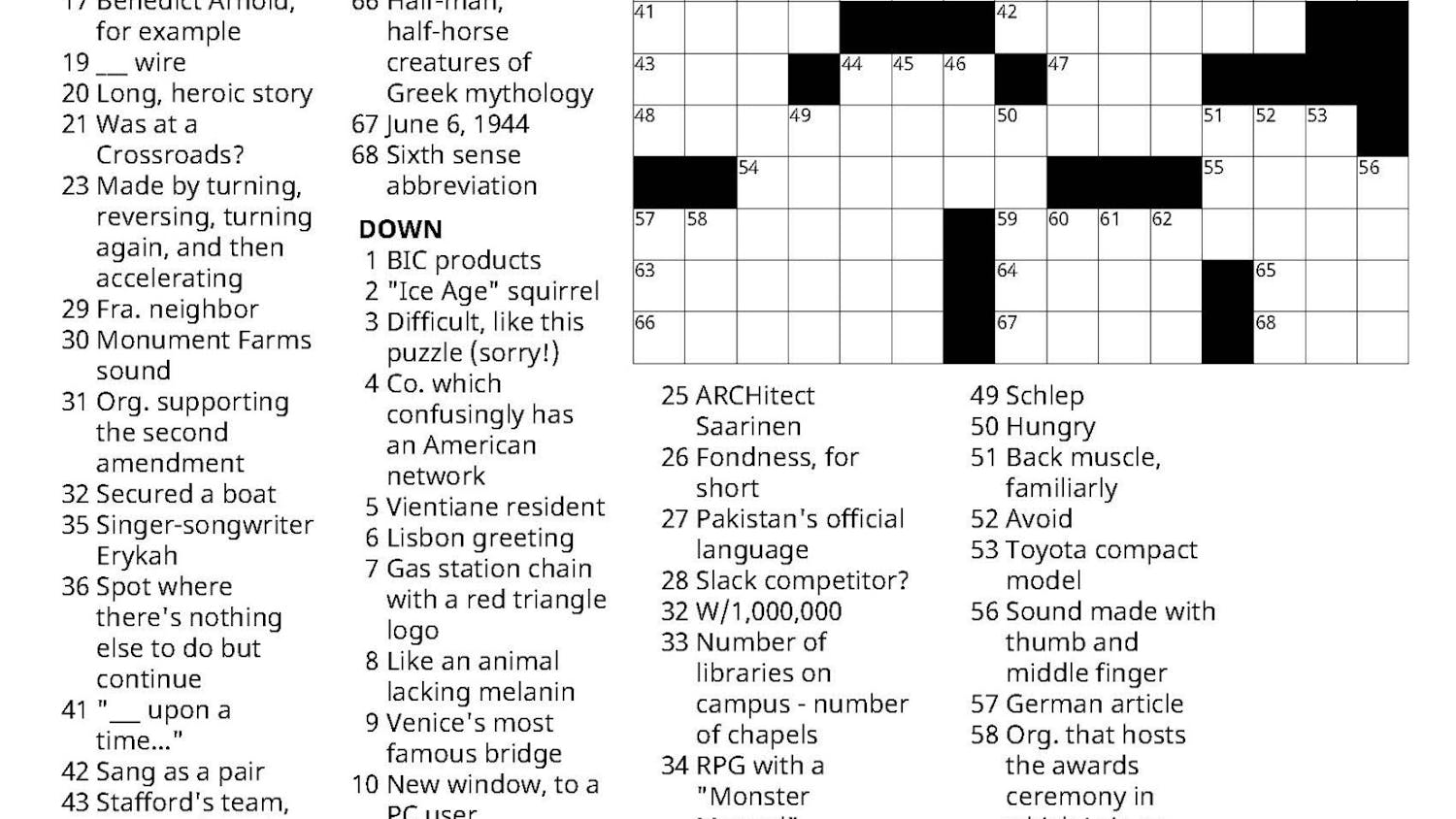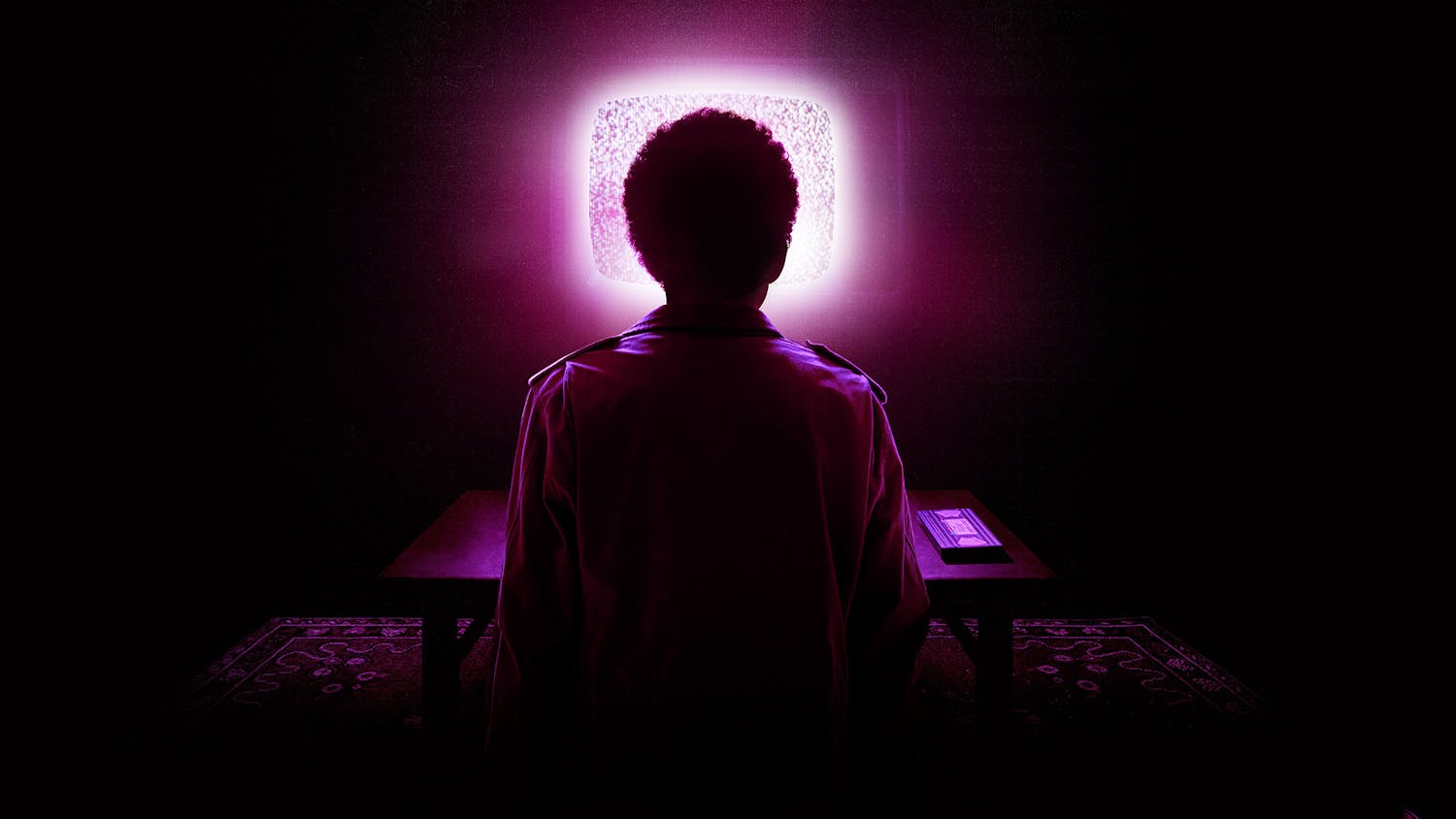A new exhibit this year at the Kevin P. Mahaney '84 Center for the Arts, titled "Camera Work: Stieglitz, Steichen, Strand and Company," is now on display.
It is inspired by Charles A. Dana Professor of History of Art & Architecture Kirsten Hoving's course, "Alfred Stieglitz and Camera Work" from last year.
As the exhibit's name suggests, the gallery highlights three main figures of American photography: Alfred Stieglitz, Edward Steichen and Paul Strand, in addition to featuring other lesser-known artists. Camera Work was a pioneering art journal published by Stieglitz between 1903 and 1917 in his attempt to establish photography as a fine art.
Before the publication of Camera Work and its eventual critical acclaim, however, Stieglitz spent over five years as the editor of Camera Notes, a journal of the Camera Club of New York. Older, more conservative members challenged and dismissed his idea for the journal.
Determined to make Camera Work the finest art publication of its day, Stieglitz compiled his and other important photographers' works, such as those of Steichen and Strand.
He hoped that this would completely reshape photography and without question redefine it as fine art.
Steichen, one of Stieglitz's contemporaries, was a freqently featured photographer in Camera Work.
In a partnership with Stieglitz, he opened Gallery 291, an infamous art gallery that cultivated the likes of Georgia O'Keeffe and Pablo Picasso.
Strand, another modernist of Stieglitz and Steichen's ilk, also helped establish photography as an art form in the 20th century.
In addition to photography, he was also a filmmaker, and wanted to use the camera as a tool for social reform. He too was featured in Camera Work, and much of his work dabbled in abstractions.
Today, when studying Stieglitz and other photographers' works, it is impossible to deny their wishes – photography, or rather the photography presented here in the exhibit, is truly an art form that cannot be denied.
Many of the photographs hardly resemble what we know of as traditional "photographs."
Many of the pieces have gone through an intaglio printmaking or photo-mechanical process known as photogravure, thus rendering them rich in tonal details that create painting-like characteristics.
This photogravure process complements the photographs' pictorialism, an aesthetic movement that dominated photography during the late 19th century and early 20th century.
Pictorialism, while there is no standard definition, refers to the style of photography involving manipulation of the photographs in such a way that the subject of the photograph is no longer presented in a "natural" sense.
By doing this, the photographers can create, rather than merely capture, the subjects of their art.
In addition to the photogravure process, photographs such as Stieglitz's "Two Towers" and "The Steerage" clearly show a careful alignment and consideration of the focus, the present geometric shapes and the precise positioning of the subject itself.
Unlike painting or sculpture, photography is relatively modern in its conception, and to some critics, photography might seem too commonplace to be considered art that deserves much fame or attention.
But this exhibit is not just about showing a collection of "pretty" photographs.
It shows us the very photographs that helped achieve Stieglitz and many others' goal to develop and redefine the standards of photography. It is an exhibit about changing perspective and how even the most mundane of subjects can be great when seen through, literally, a different lens.
"Camera Work: Stieglitz, Steichen, Strand and Company" will be on display at the Mahaney Center for the Arts until Oct. 28.
Stieglitz-Era Photography on Display at Art Museum
Comments



